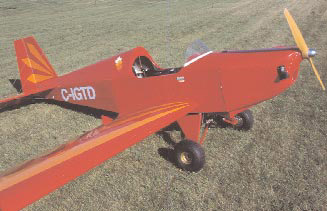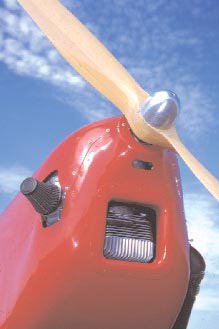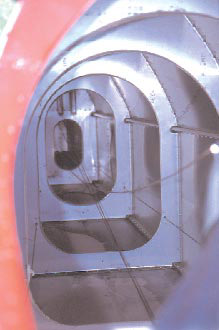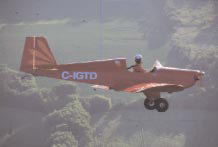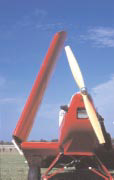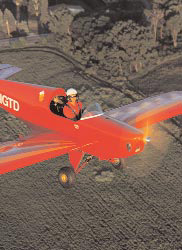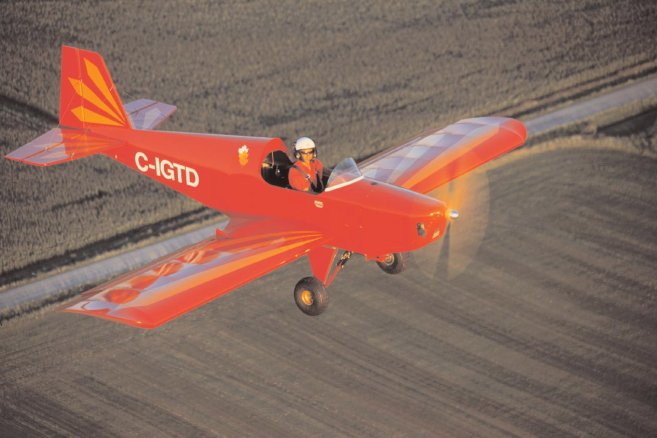
After ever-bigger Rebels, the JDM – 8 is a genuine ultralight Darryl Murphy’s commitment to small plane design is evident by the fact that during the years when Murphy Aircraft Mfg. exhibited in two locations at various fly-ins, Darryl frequently was seen working his company’s booth in the ultralight area. Other Murphy Aircraft staff members would be working the Rebel/Super Rebel booth. At the Northwest EAA Fly-In in Arlington, Washington, this past summer, that pattern re-emerged; the boss stayed with the JDM-8 in the ultralight exhibit area. In my conversations with him, he seemed pleased to be presenting a genuine ultralight again. Those who know the history of Murphy Aircraft before the first Rebel arrived won’t be surprised to see the company marketing an ultralight. This Canadian manufacturer was an ultralight company that expanded into homebuilts and has achieved success through their Rebel series. The new single-seat JDM-8—especially when contrasted with the huge, radialengine- powered Moose—shows this company has not forgotten its roots in ultralight aircraft.




